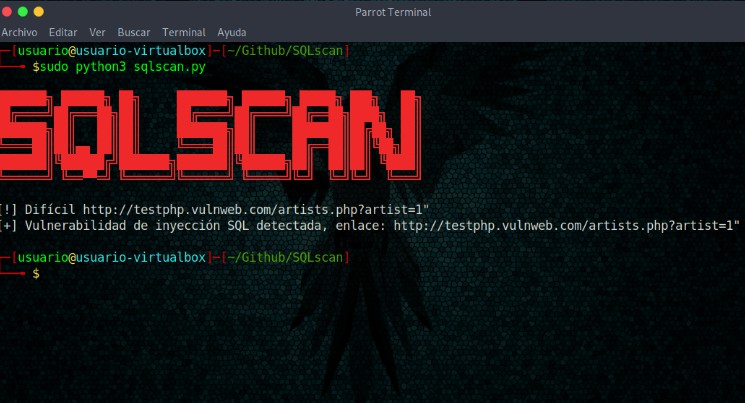? Koila
Koila solves
CUDA error: out of memory errorpainlessly.
Fix it with just one line of code, and forget it.
? Features
-
? Prevents
CUDA error: out of memory errorwith one single line of code. -
? Lazily evaluates pytorch code to save computing power.
-
✂️ Automatically splits along the batch dimension to more GPU friendly numbers (2’s powers) to speed up the execution.
-
? Minimal API (wrapping all inputs will be enough).
? Why Koila?
Ever encountered RuntimeError: CUDA error: out of memory?
We all love PyTorch because of its speed, efficiency, and transparency, but that means it doesn’t do extra things. Things like preventing a very common error that has been bothering many users since 2017.
This library aims to prevent that by being a light-weight wrapper over native PyTorch. When a tensor is wrapped, the library automatically computes the amount of remaining GPU memory and uses the right batch size, saving everyone from having to manually finetune the batch size whenever a model is used.
Also, the library automatically uses the right batch size to GPU. Did you know that using bigger batches doesn’t always speed up processing? It’s handled automatically in this library too.
Because Koila code is PyTorch code, as it runs PyTorch under the hood, you can use both together without worrying compatibility.
Oh, and all that in 1 line of code! ?
⬇️ Installation
Koila is available on PyPI. To install, run the following command.
pip install koila
? Getting started
The usage is dead simple. For example, you have the following PyTorch code (copied from PyTorch‘s tutorial)
Define the input, label, and model:
# A batch of MNIST image
input = torch.randn(8, 28, 28)
# A batch of labels
label = torch.randn(0, 10, [8])
class NeuralNetwork(Module):
def __init__(self):
super(NeuralNetwork, self).__init__()
self.flatten = Flatten()
self.linear_relu_stack = Sequential(
Linear(28 * 28, 512),
ReLU(),
Linear(512, 512),
ReLU(),
Linear(512, 10),
)
def forward(self, x):
x = self.flatten(x)
logits = self.linear_relu_stack(x)
return logits
Define the loss function, calculate output and losses.
loss_fn = CrossEntropyLoss()
# Calculate losses
out = nn(t)
loss = loss_fn(out, label)
# Backward pass
nn.zero_grad()
loss.backward()
Ok. How to adapt the code to use Koila‘s features?
You change this line of code:
# Wrap the input tensor.
# If a batch argument is provided, that dimension of the tensor would be treated as the batch.
# In this case, the first dimension (dim=0) is used as batch's dimension.
input = lazy(torch.randn(8, 28, 28), batch=0)
Done. You will not run out of memory again.
See examples/getting-started.py for the full example.
?️ How does it work under the hood?
CUDA error: out of memory generally happens in forward pass, because temporary variables will need to be saved in memory.
Koila is a thin wrapper around PyTorch. It is inspired by TensorFlow’s static/lazy evaluation. By building the graph first, and run the model only when necessarily, the model has access to all the information necessarily to determine how much resources is really need to compute the model.
In terms of memory usage, only shapes of temporary variables are required to calculate the memory usage of those variables used in the model. For example, + takes in two tensors with equal sizes, and outputs a tensor with a size equal to the input size, and log takes in one tensor, and outputs another tensor with the same shape. Broadcasting makes it a little more complicated than that, but the general ideas are the same. By tracking all these shapes, one could easily tell how much memory is used in a forward pass. And select the optimal batch size accordingly.
? It sounds slow. Is it?
NO. Indeed, calculating shapes and computing the size and memory usage sound like a lot of work. However, keep in mind that even a gigantic model like GPT-3, which has 96 layers, has only a few hundred nodes in its computing graph. Because Koila‘s algorithms run in linear time, any modern computer will be able to handle a graph like this instantly.
Most of the computing is spent on computing individual tensors, and transferring tensors across devices. And bear in mind that those checks happen in vanilla PyTorch anyways. So no, not slow at all.
? How to pronounce koila?
This project was originally named koala, the laziest species in the world, and this project is about lazy evaluation of tensors. However, as that name is taken on PyPI, I had no choice but to use another name. Koila is a word made up by me, pronounced similarly to voila (It’s a French word), so sounds like koala.
⭐ Give me a star!
If you like what you see, please consider giving this a star (★)!
?️ Why did I build this?
Batch size search is not new. In fact, the mighty popular PyTorch Lightning has it. So why did I go through the trouble and build this project?
PyTorch Lightning’s batch size search is deeply integrated in its own ecosystem. You have to use its DataLoader, subclass from their models, and train your models accordingly. While it works well with supervised learning tasks, it’s really painful to use in a reinforcement learning task, where interacting with the environment is a must.
In comparison, because Koila is a super lightweight PyTorch wrapper, it works when PyTorch works, thus providing maximum flexibility and minimal changes to existing code.
? Todos
- ? Provide an extensible API to write custom functions for the users.
- ? Simplify internal workings even further. (Especially interaction between
Tensors andLazyTensors). - ? Work with multiple GPUs.
? Warning
The code works on many cases, but it’s still a work in progress. This is not (yet) a fully PyTorch compatible library due to limited time.
? Contributing
We take openness and inclusiveness very seriously. We have adopted the following Code of Conduct.









